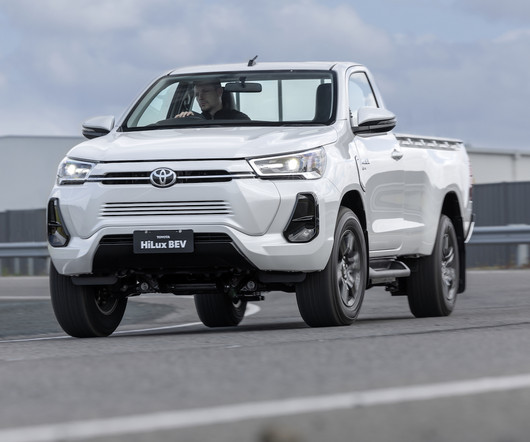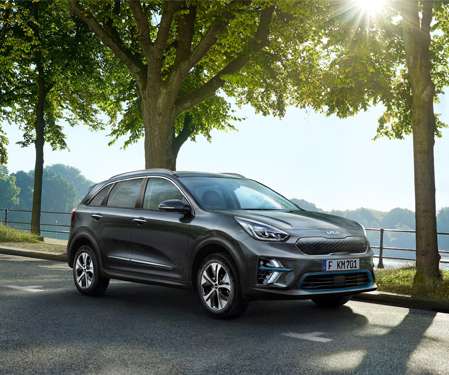Lessons From Norway’s Journey To Becoming The Global Leader In EV Adoption
Wallbox
JUNE 30, 2021
To learn from its experience, let’s look back through Norway’s 30-year journey to becoming an EV giant: it all started with a mission to curb the country’s CO2 emissions. Curbing CO2 Emissions with Electric Transport. By 2023, all taxis are set to be emission-free and the wireless system will help support this goal.











Let's personalize your content